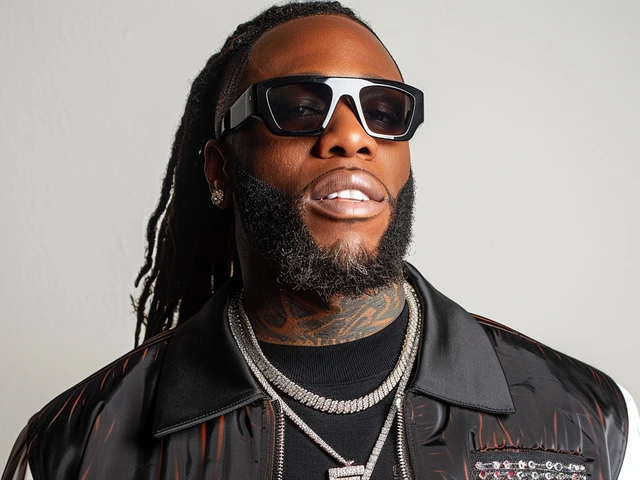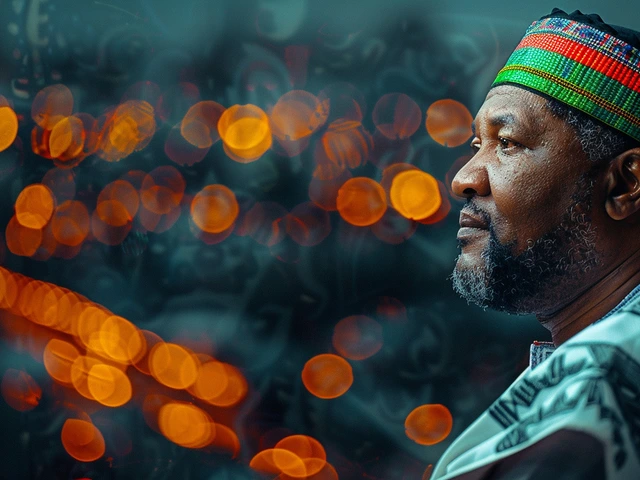Monkeypox: Understanding the Viral Infection and How to Stay Safe
Monkeypox has become a topic on many people's minds recently. So, what exactly is it? Monkeypox is a rare viral disease that can cause symptoms similar to smallpox but is generally milder. It spreads through close contact with infected animals or people, making it important to recognize how to protect yourself.
The virus usually shows itself through a fever, swollen lymph nodes, and a distinctive rash that often starts on the face before spreading to other body parts. These symptoms appear within 7 to 14 days after exposure. While it sounds alarming, many recover fully without serious complications.
How Does Monkeypox Spread?
Monkeypox can jump from animals to humans, especially in regions where people live close to wildlife. Human-to-human transmission happens through direct contact with bodily fluids, skin lesions, or respiratory droplets during prolonged face-to-face contact. Sharing bedding, towels, or clothes used by someone infected can also spread the virus.
It's worth noting that monkeypox is not as contagious as diseases like the flu or COVID-19. Nevertheless, being careful with hygiene and avoiding close contact with people showing symptoms can keep you safe.
What Can You Do to Prevent Monkeypox?
Prevention is all about awareness and simple habits. If you’re in or near outbreak areas, avoid contact with wild animals and anyone sick with symptoms. Wash your hands regularly with soap and water, and disinfect surfaces that might be contaminated. Wearing protective gear, like masks and gloves, when caring for someone infected also helps reduce risk.
Vaccines developed for smallpox offer some protection against monkeypox too, and health authorities may recommend vaccination during outbreaks.
Keep an eye on public health updates and seek medical advice if you think you've been exposed or start feeling symptoms. Being informed is your best defense against monkeypox.





